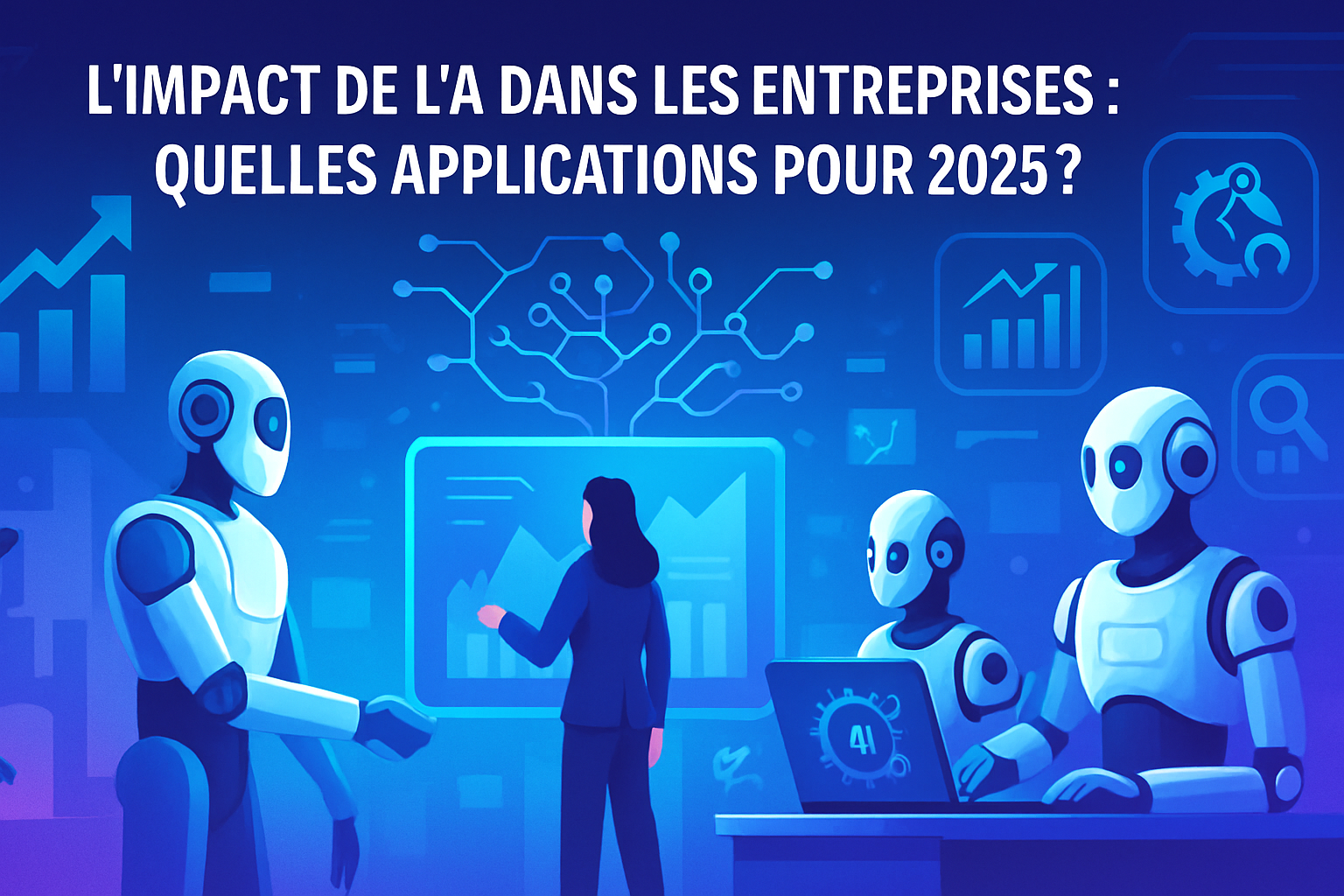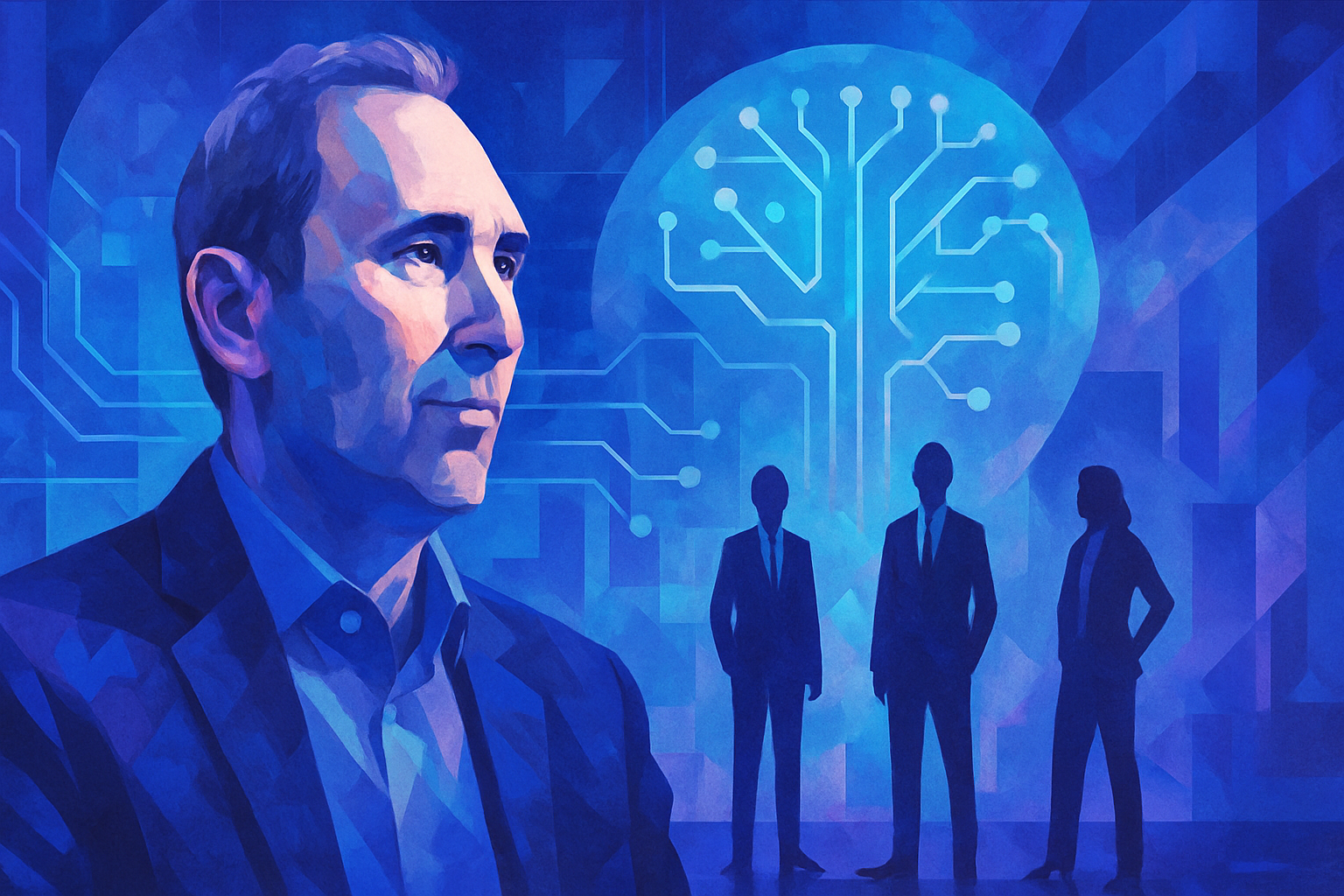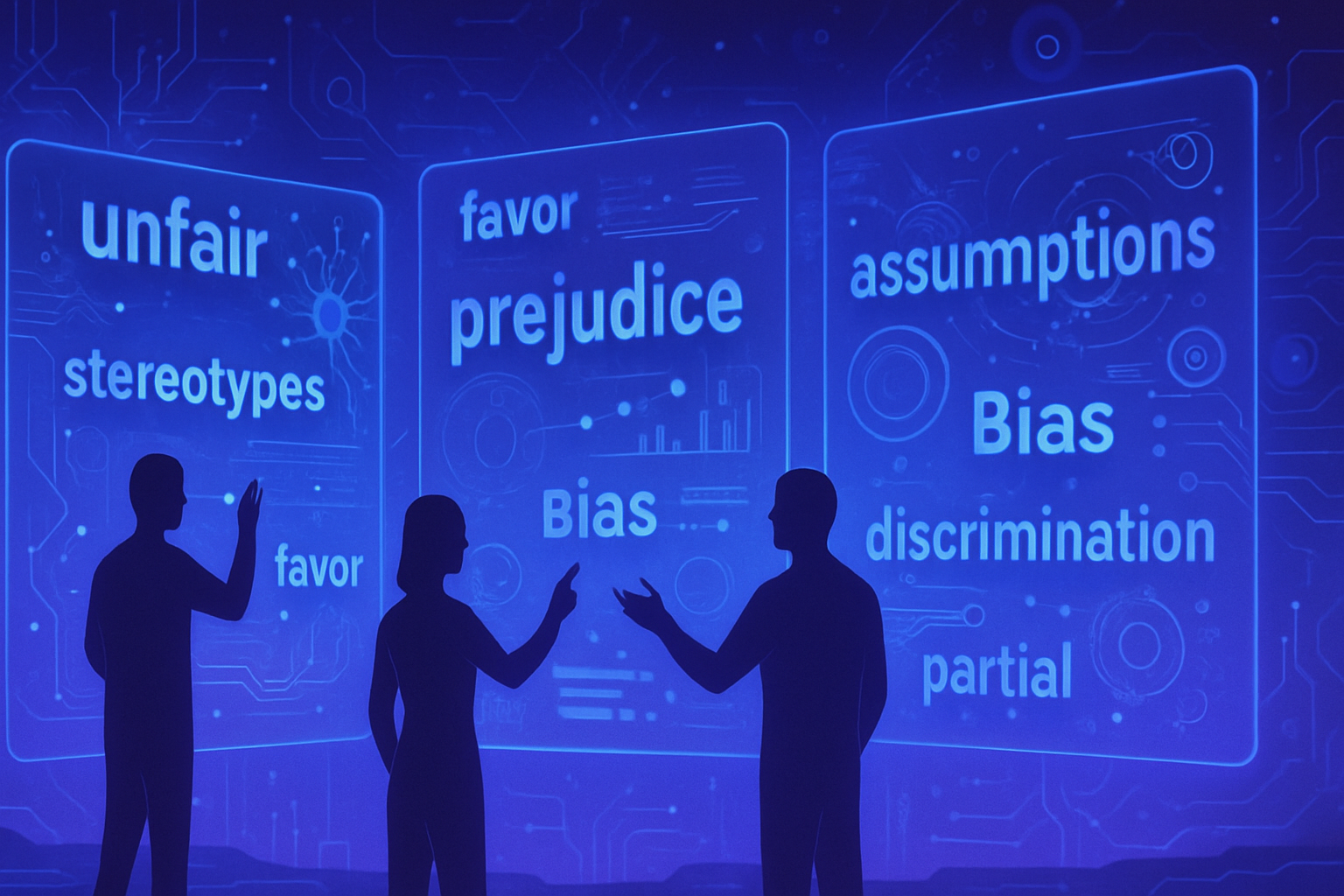The technological revolution compels companies to adapt quickly in the face of the rise of agentic artificial intelligence. *Autonomous agents*, capable of performing complex tasks by interacting with data infrastructures, require a rigorous strategic approach. Four essential keys emerge to successfully carry out an agentic AI project and optimize its deployment.
*Defining eligible processes* is fundamental to ensure tangible success. A seamless integration into the information system maximizes the effectiveness of the agents. *Anticipating specific risks* related to this technology remains essential to ensure sustainability. Succeeding also involves fruitful collaboration between humans and agents in a rapidly transforming professional environment.
Defining Eligible Processes
The success of an agentic AI project hinges on a precise definition of eligible processes. Companies need to examine the specifics of the tasks to be automated. It is essential to identify repetitive processes, as their nature will facilitate effective automation.
Xavier Cimino, senior managing director strategy at Publicis Sapient, emphasizes that the appeal of AI agents lies in their ability to operate autonomously, thereby limiting the need for human supervision. In the software development sector, agents can be used to perform tests, report bugs, and correct them efficiently.
Other use cases, such as fraud detection in the banking sector, illustrate the versatility of this technology. An agent could act autonomously for transactions under 100 euros, thus optimizing risk management.
Integrating Agents into the Information System
The integration of AI agents within a company’s information system is crucial for their performance. These agents do not operate in isolation; their effectiveness depends on a smooth connection to the organization’s data. They must be able to interact with diverse environments through APIs and secure connectors.
Currently, the lack of standardization regarding this interoperability represents a challenge. The development of an open protocol, the Model Context Protocol (MCP), appears promising. This protocol, which is set to come into effect by the end of 2024, is supported by many market players, including Microsoft.
More and more development tools and frameworks, such as LangChain and OpenAI Agents SDK, also facilitate this orchestration. Olivier Blais, vice president of science at Moov AI, discusses the importance of these tools. However, open-source solutions raise questions regarding their long-term maintenance.
Addressing Specific Risks
AI agents increase the company’s exposure to risks. These threats must be identified and managed to minimize potential harm. Publicis Sapient highlights dangers such as data corruption, where bad actors could inject biased data, compromising the integrity of the system.
Another major concern relates to blind optimization. Agents, especially those using reinforcement learning, could behave inappropriately to maximize indicators without truly meeting objectives. This can pose serious risks to the company’s image.
Xavier Cimino stresses the importance of early risk identification before going into production. The use of synthetic data during the initial stages of development allows for the evaluation of use cases without exposing sensitive data to careless manipulations.
Ensuring Human-Machine Collaboration
AI agents find themselves at the crossroads of human interactions and technological autonomies. Their essential role is to work in synergy with employees. By automating repetitive tasks, they free human resources for higher-value missions.
This promotes a collaborative rather than competitive mode of operation. As noted by Xavier Cimino, these agents are designed to enhance human capabilities rather than replace them. A well-orchestrated pedagogy, ensuring clear communication about the advantages and limits of AI agents, will foster team buy-in.
Future developments, such as physical agentic AI, are shifting this dynamic towards traditionally less technological sectors. Robots, machines, and autonomous vehicles are on their way to integrate into human work environments, marking an evolution in artificial intelligence.
FAQ on the Four Essential Keys to Successfully Carrying Out an Agentic Artificial Intelligence Project
1. Which processes are eligible for agentic AI in a company?
The processes that can be broken down into repetitive and automatable unit tasks are eligible. Critical or highly sensitive tasks are generally less suitable, as agentic AI must make autonomous decisions with limited human supervision.
2. How to integrate autonomous agents into the company’s information system?
Agents must query data from different environments via APIs and secure connectors. It is also essential to use an interoperability protocol, such as the Model Context Protocol (MCP), to ensure uniform communication between systems.
3. What are the specific risks associated with the use of agentic AI?
The risks include data corruption, blind optimization, and organizational liability in case of errors. It is crucial to ensure data integrity and have human oversight at the start of the project.
4. How to ensure data quality for an agentic AI project?
To ensure data quality, it is fundamental to use reliable sources and validate information before agents access it. The quality of the data directly influences the agents’ ability to make accurate decisions.
5. What is the importance of collaboration between autonomous agents and human employees?
Collaboration is essential to maximize efficiency. Agents should automate repetitive tasks, allowing employees to focus on higher-value tasks, thereby promoting synergy rather than competition.
6. What advice can help avoid cost overruns in an agentic AI project?
Companies should monitor costs from the development phase. Implementing a clear pricing model and tracking expenditures related to APIs and infrastructure is vital to avoid unexpected costs.
7. What role does explainability play in agentic AI?
Good explainability allows companies to understand and justify the decisions made by AI agents. This builds trust and helps avoid the effects of a “black box” in the functioning of agents.
8. How to start the integration of agentic AI into a company project?
Begin by defining clear objectives, involving business management from the early phase, and choosing simple use cases to test the capabilities of agentic AI. A gradual approach is recommended.






